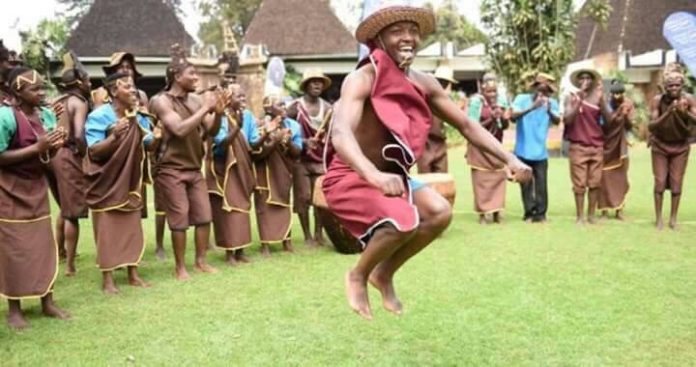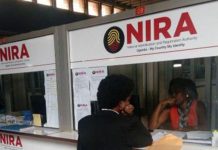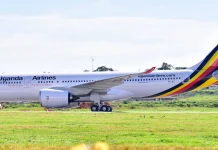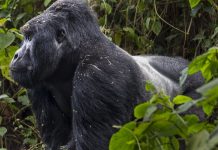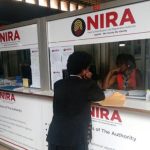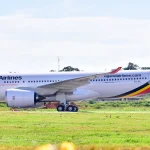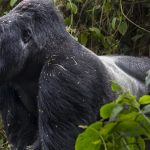Ankole was one of the interlacustrine kingdoms of Uganda alongside Buganda, Bunyoro, Toro, and Karagwe. Its territory extends in western Uganda districts of Mbarara, Kiruhura, Ntungamo, Bushenyi, Isingiro, Ibanda, and Kazo.
In particular, Mbarara is the largest urban area in Ankole region, where you can base to explore the cultural sites in the area. After just four years of Uganda’s independence from Great Britain, the government of Obote I abolished kingdoms in 1966 and Ankole has been defunct since. However, the cultural practitioners kept on working to revive and preserve the rich cultural heritage.
Recently, the Ministry of Tourism Wildlife and Antiquities planned a domestic tourism campaign throughout the region to promote natural and cultural attractions. Tourism in Ankole relies mostly on wildlife viewing in lake Mburo national park, the only protected area in the region. The campaign has uncovered several attractions giving you the opportunity to explore Ankole culture. A cultural tour offers a chance to learn about their language, clothing, food, and traditions.
People and culture

The inhabitants of Ankole subregion are collectively known as Banyankole with two social groups which include the cultivators (Bairu) and pastoralists, the keepers of the Ankole long-horned cattle (Bahima). They share a lot in common, especially language, which is Runyankole spoken with a twist in pronunciations by each group.
In the past, the social relationships among the two was based on exchange of goods, especially milk and related products with grain such as millet. Today, the Banyankole communities are much more diffused due to intermarriages and religious influence. The cultivators also rear cows, goats, sheep, and chicken and pastoralists nowadays grow crops and plantains.
Each group is subdivided into several clans and subclans where lineage is traced accordingly. Those intending to truly understand Ankole culture, it is recommended to have a cultural tour of both communities. Some people in Ankole still practice the customs of their ancestors including divination centered around the beliefs of Bachwezi demigods to have introduced the long horn cows. You can expect to get an authentic experience and some staged part of it at the following destinations.
Ankole cultural sites
Nshenyi cultural village
Nshenyi cultural homestay is situated in Ntungamo district 36 km off the Mbarara -Kabale highway. The site is convenient to visit for travellers on a gorilla and wildlife safari through south-western Uganda. There’s an established family owned agritourism farm at Nshenyi with different facets of Ankole cultural communities. The home and adjoining land extends close to the border with Rwanda and Tanzania. This allows visitors to discover the traditional ways of life of the cultivators and the keepers of Ankole long-horned cows as well as take village walks to the confluence point. At the farm, you can participate in a wide range of hands-on cultural activities including milking cows, butter making, and visiting a herbalist for his stunning metaphysics.

Nshenyi offers traditional homestead accommodation, which gives you an authentic touch of Ankole culture. The beds are built in the ground and comfortable. The food is delicious with a variety of fresh fruits, vegetables, honey, matooke, and mushrooms obtained straight from the farm. The center empowers locals to practice sustainable farming practices. Nshenyi is the ideal Ankole cultural tourism spot if you want to witness a local farmhouse and the needs of daily life.
Mugabe Palace
The Ankole king’s palace located on Kamukuzi hill in Mbarara city was recently renovated and opened to the public. Visitors can stop by and take part in an interactive performance of traditional music, dance, and storytelling while learning about the history of the Ankole kingdom that is now defunct.

The architecture of the old structure, constructed in the 1930s is maintained plus restoring the king’s main house and the royal regalia — the symbols of his power and majesty. In 1948 Gosiyonga II, the last king of Ankole, hosted the rival kings of Buganda and Toro kingdoms. Except for Buganda, other kingdoms were abolished and fell apart due to the political crisis after independence in 1966.
The rebuilding of the Ankole kingdom palace is therefore a great step at restoration of the monarchy. Mbarara lies along the highway to south western Uganda and offers a wide range of cultural sites including Igongo cultural museum and restaurant and Biharwe eclipse monument.
Igongo cultural museum

Igongo cultural museum in Biharwe trading center is 12 km from Mbarara capital city of Ankole region. Those driving from Kampala will get there before reaching the city. Igongo offers a museum, restaurant, swimming pool and accommodation. The museum offers a well documented history of Ankole from pre-colonial to modern days.
There’s also a tour of the traditional Ankole housing style in the backyard. The Igongo restaurant serves both international and Ankole local cuisine. From this center, you can explore attractions in and around Mbarara city including the king’s palace, the eclipse monument on Biharwe hill, farms and banana plantations.
Biharwe hill eclipse monument

The eclipse monument on Biharwe hill seen across from Igongo represents the historical solar lunar eclipse that happened around 152 AD. While this is a natural phenomenon, the local legend considers it to be a historical event. The eclipse took place when the king of Ankole put up a fight against rivals of Buganda and Toro who had stolen cattle from Rwanda and the southwest region of Uganda.
The king of Ankole attacked them after they arrived at Biharwe Hill. He’s believed to have performed rituals that coincided with darkness. This terrified his opponents and forced them to release all the cattle they had seized. The hike to Biharwe hill 1,362 m lasts 1 hour starting from Igongo cultural center. You will get a beautiful view of Mbarara city.
Lake Mburo national park

Lake Mburo national park is 235 km west of Kampala capital city, making for a good place to stop en route to the southwest for a gorilla safari. The protected area is home to 69 mammal species including zebra, impala, giraffes, and elands, which are only found there in the western Uganda. There are salty rocks such as Kate pond where different species gather to bathe and lick mineral salts.
The site is accessible on a walking safari, horseback ride or mountain bike with a range. Other activities include game drives and boat cruises on Lake Mburo, the largest of 13 lakes around the park of which 5 are within the park. Visiting Lake Mburo offers you access to Ankole longhorn cattle farms and ranches including Kamihingo Agri tourism farm and the Nshara ranch. Mpogo safari lodge, which is outside the park offers a chance to see the traditions of the pastoralists. For a deeper experience, you can visit the Kamihingo farm.
Kamihingo Agro tourism farm
Located just next to Nshara entrance gate of lake Mburo national park is the Kamihingo Ankole cattle farm. The family owned venture mainly offers a cultural experience relating to the traditional life of the Ankole longhorn cattle community. There you can engage in milking the cows, see how milk is processed to obtain butter and yogurt, which you can even taste.
The nonprofit farm is on a mission to safeguard Ankole longhorn cows through inspiration and education. Through their membership organization, the Ankole Cow Conservation Association, they organize educational symposiums and workshops at the Enyemwebwa cultural and education center within the park. They want to breed a bloodline of original Ankole cows that can be traced back to Bachwezi dynasty. Visits to the farm are done during the day given that there’s no accommodation.
